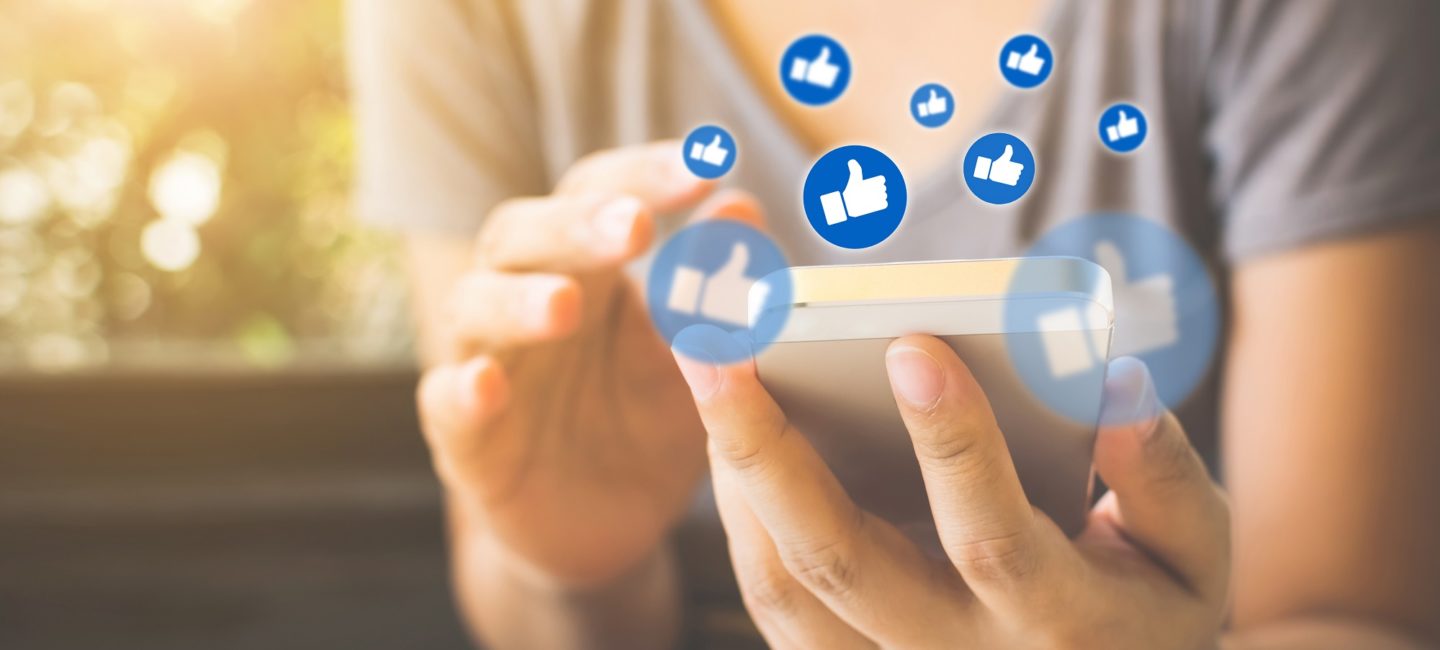Is Facebook a B2B Channel?
It’s a question we are being asked more and more: ‘Is Facebook a B2B channel?’
Unfortunately, the answer isn’t a simple one, in fact the answer we are giving more often than not is ‘maybe’.
Here are the pros and cons for B2B marketers considering Facebook as a key part of their marketing communication mix:
The Pros
- It’s easy to achieve cut-through because fewer companies are using the channel at the moment and customers aren’t expecting it. However, this ability to stand out can be a double-edged sword (see the cons below).
- Because it’s not assumed to be a typical B2B platform, there isn’t the same level of competition, so when you’re aiming an advert at those in a niche industry, you don’t have the same number of brands vying for attention – and a less cluttered marketplace means your content is more likely to stand out. This means you’ll get more bang for your buck when it comes to ad spend through the auction-based platform.
- Facebook offers the most sophisticated ad options of any platform. LinkedIn is a great platform but is in essence a follower, whilst Facebook is an innovator – introducing lead generation forms, for example, many years earlier. With greater ad options offers greater abilities to try out new routes to reach your target audience.
- Facebook is a mobile-first space and very much lends itself to those B2B brands that target on-the-go people, such as central heating installers and chefs, who are less likely to have a LinkedIn profile and can be difficult to get at.
- If you get your targeting right, Facebook can be a highly cost-effective channel. We recently captured the attention of 156,764 food processing professionals on Facebook, where our cost per video view smashed its target of £0.40 CPV and achieved £0.004 CPV (this is not a typo!)
- Facebook’s retargeting ad options are outstanding. We recently extracted viewers who had watched a small percentage of a video to serve them an ad encouraging the download of a white paper which resulted in 79 downloads in the space of just one week.
- Facebook offers a publishing facility – Instant Articles – that allows brands to be a bit more creative with their long form content. Compared to LinkedIn’s equivalent, Pulse, it is more professional, and according to Facebook, delivers 20-50% more traffic compared to web links.
The Cons
- The flipside of getting standout is that many people do still regard their Facebook page as a personal space and don’t expect B2B brands to be there.
- You need to be prepared to ‘pay-to-play’, with a dedicated monthly ad spend and regular, high quality content. An ever-stricter algorithm which deprioritises brand reach and requires stronger content than ever means that organic activity is becoming less and less valuable. In fact, organic posts are virtually invisible on the channel, with only circa one per cent being seen, even by your followers.
- Facebook is a visual platform and is strict on the content it prioritises. So, if your brand isn’t visual, be prepared to get creative and invest in assets that counteract your lack of aesthetics – moving infographics are one great way of achieving this, and video is now a key part of any brand’s marketing armoury.
If you have any thoughts, or wish to carry on the conversation, feel free to connect on LinkedIn.
The author: Alex Mansell is Social Media Account Director at WPR Agency specialising in using LinkedIn, Twitter and Facebook for B2B brands.
